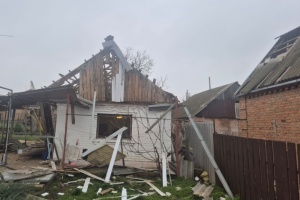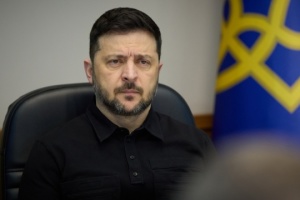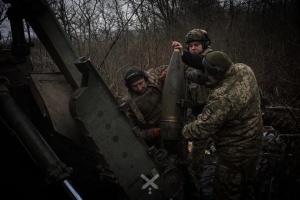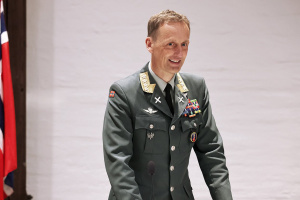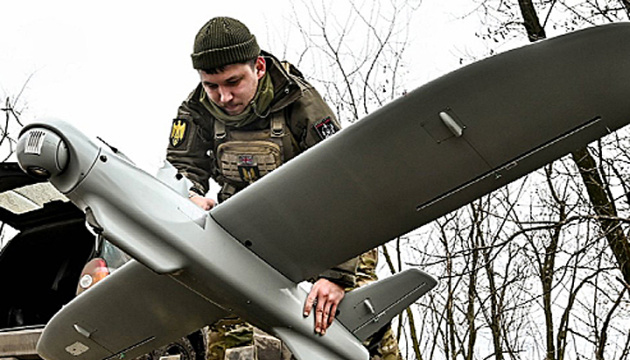
Fighter with steel leg and Leleka that scans enemy positions
These "birds" are capable of flying deep into the enemy's rear, reconnoitering the terrain and enemy forces, and adjusting artillery fire.
We are talking about the Ukrainian multifunctional unmanned aerial vehicle Leleka-100. The aircraft is equipped with a camera that helps to transmit images from enemy positions in real time. Thanks to this aerial reconnaissance aircraft, the lives of our military along the entire front line can be saved today.
WAS AN INFANTRYMAN - BECAME AN AERIAL RECONNAISSANCE MAN
A fighter named Vitaliy (call sign "Kupol") knows how much such "eyes" are needed in war not from talks but from his own experience. Until recently, he was an infantry platoon commander, and now he leads an aerial reconnaissance platoon of the 108th Brigade of the Tank Corps.
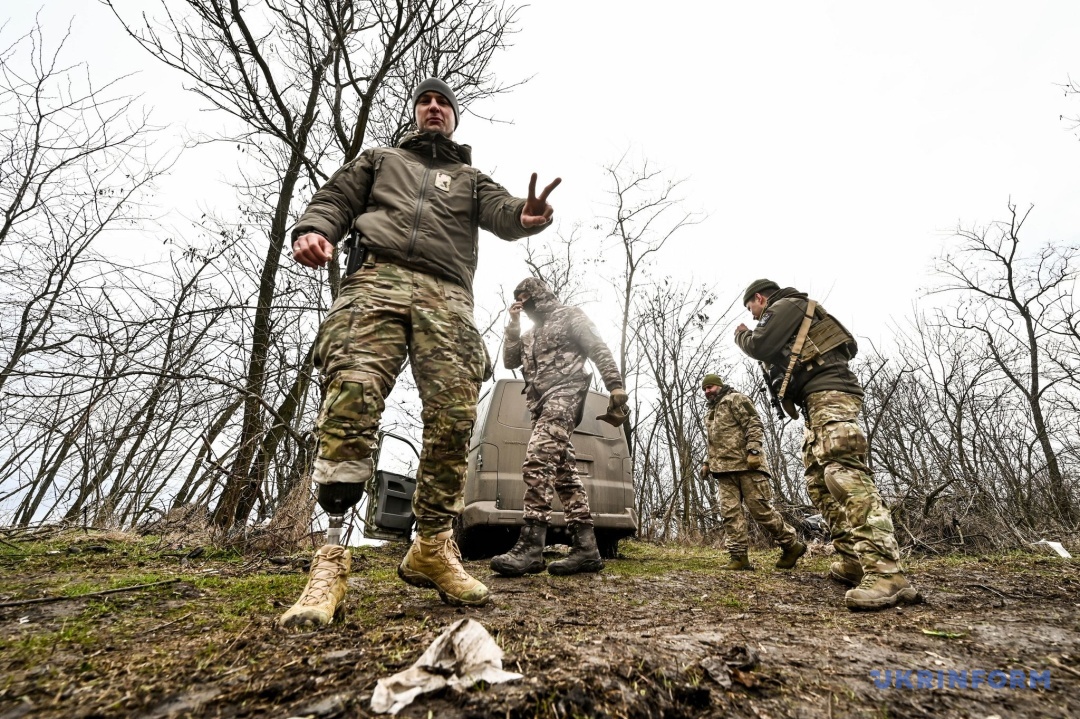
At the beginning of the full-scale invasion, he and his comrades hit an anti-tank mine.
- Apparently, we are still needed here. We didn't do all the work," he says, as if trying to find an explanation for the fact that everyone survived.
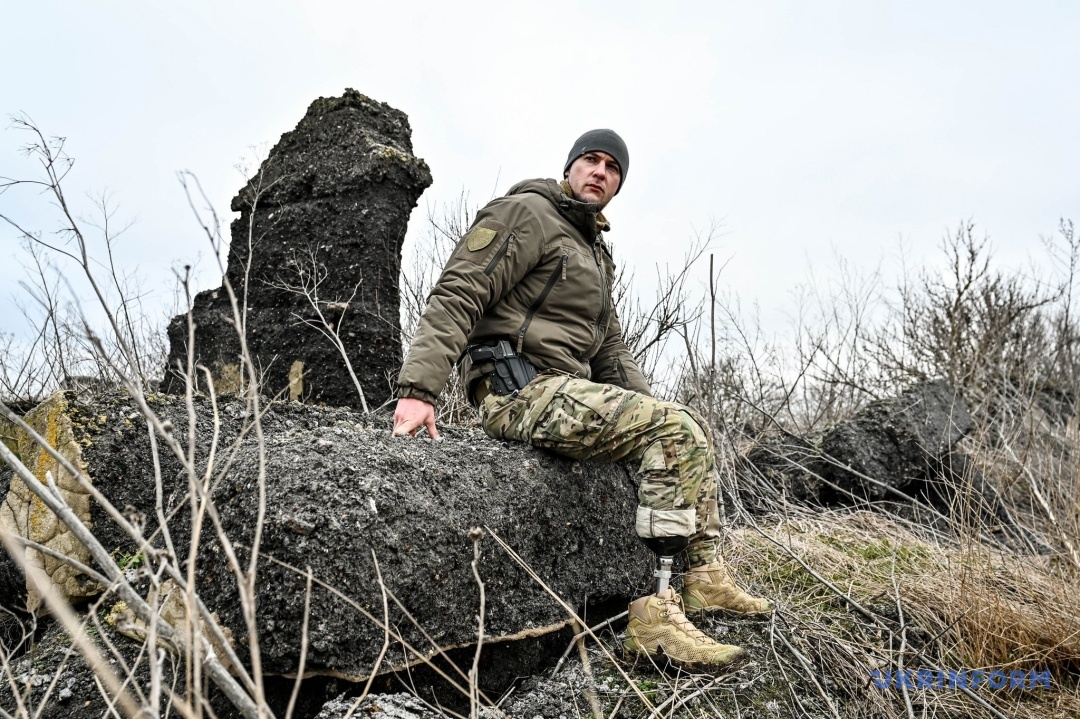
However, not everything is so good. Because of that mine Vitaliy lost his leg.
- He immediately adjusted himself to the fact that his leg was gone. As soon as I saw it, I understood everything. I knew that we have prosthetics, that we have good prosthetists and there would be no problems with this. I knew they would put me back on my feet. The left one was badly damaged, and at first they thought it would have to be amputated. But they put it back together. The difficulty was that the right leg was fitted with a training prosthesis, I had to learn to walk with it, and the left leg was fitted with an Ilizarov apparatus Together with treatment and prosthetics, it took me a year to learn to walk. So I have a leg, it's just that now it's like this... But it doesn't freeze," he says.
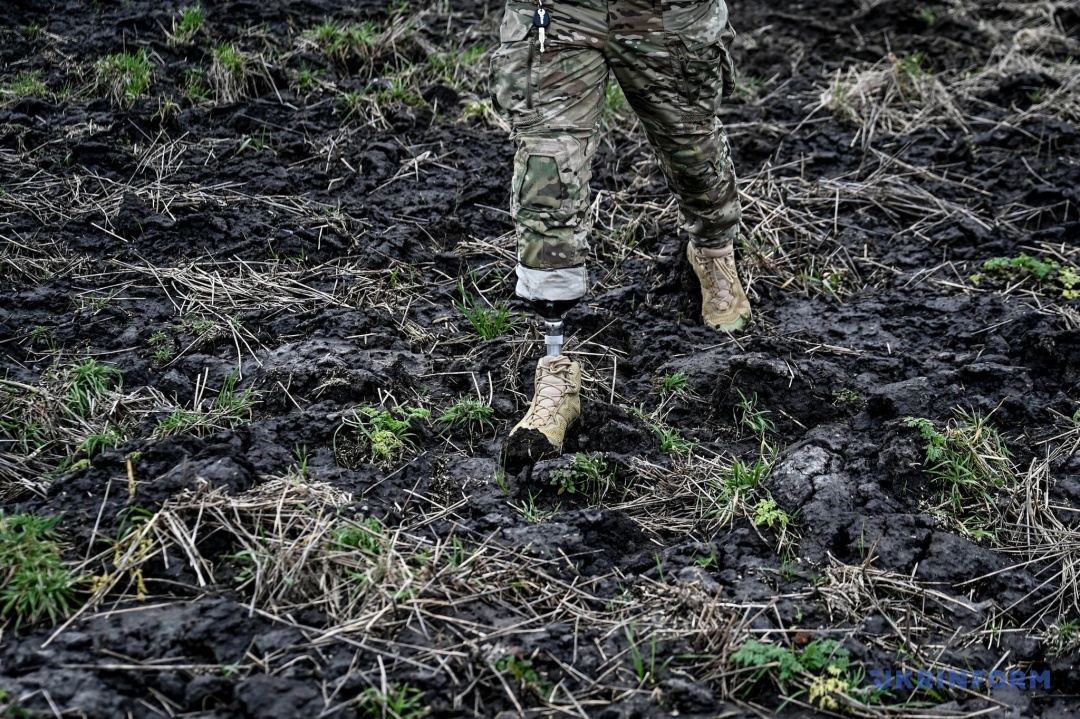
Vitaliy is 32 years old. From 2014 to 2018, he participated in the ATO, then there was a pause, during which he worked as deputy director of the Center for Youth and National Patriotic Education. He taught children, including mine safety. He returned to service in the first days of the Great War.
- After being wounded and rehabilitated, he initially thought about not returning to the army. My family refused. They said, 'That's enough, I've fought enough. But I realized that I could still be useful. All my friends are at the front, I don't even have anyone to have coffee with in Dnipro. That's why I'm here," the fighter says.
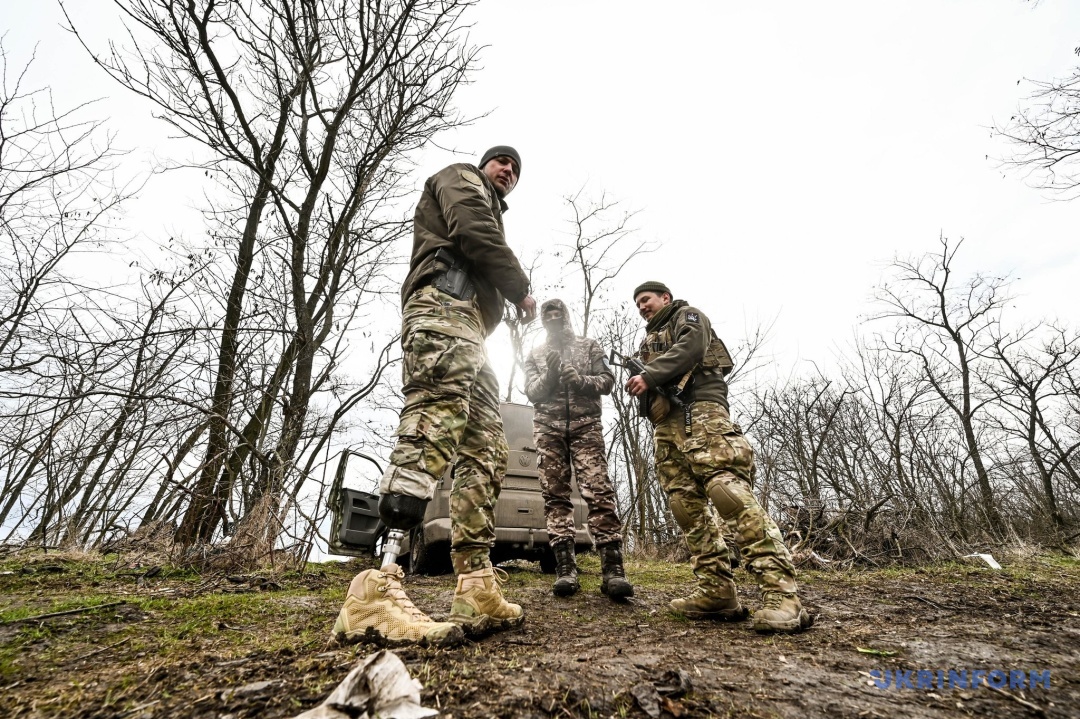
Now he has an ordinary prosthesis, he did not order a sports prosthesis. He explains that he doesn't run or jump, so he doesn't want to take something he doesn't need.
At the same time, Vitaliy carries painkillers with him and admits that he gets a little sore in the evening.
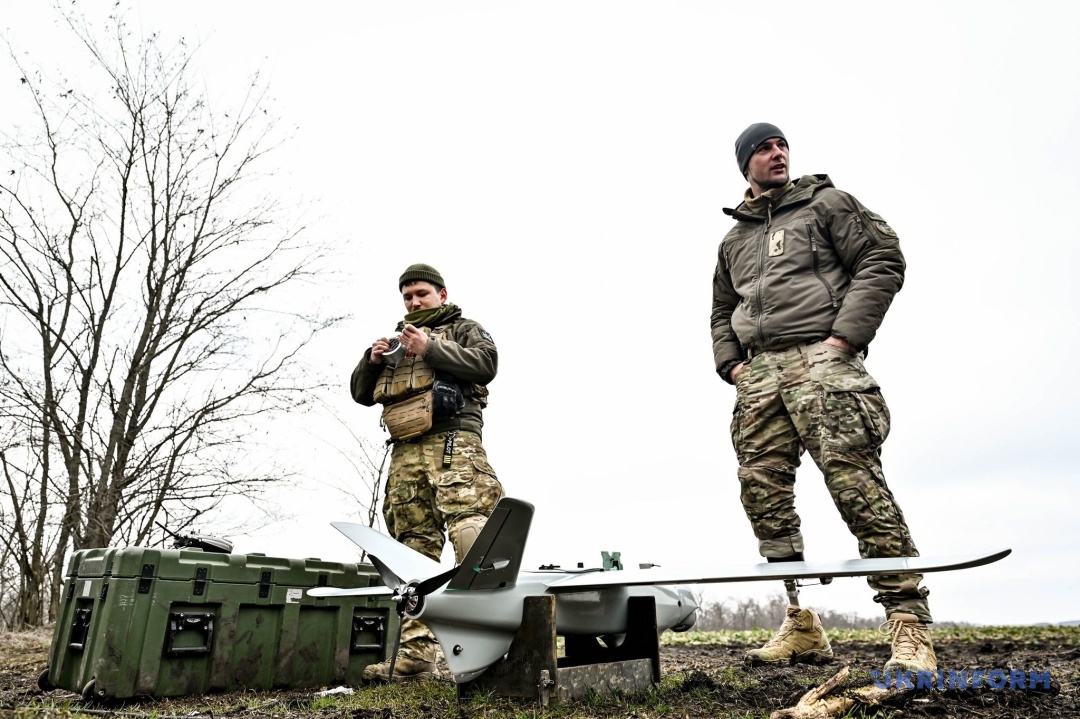
After some time passed, his family calmed down. Now they are waiting for him at home.
"LELEKA" VS "ORLAN"
It was hard for the infantryman to adjust to the aerial reconnaissance. The fighter says it is a new military profession. But he is interested in launching "birds".
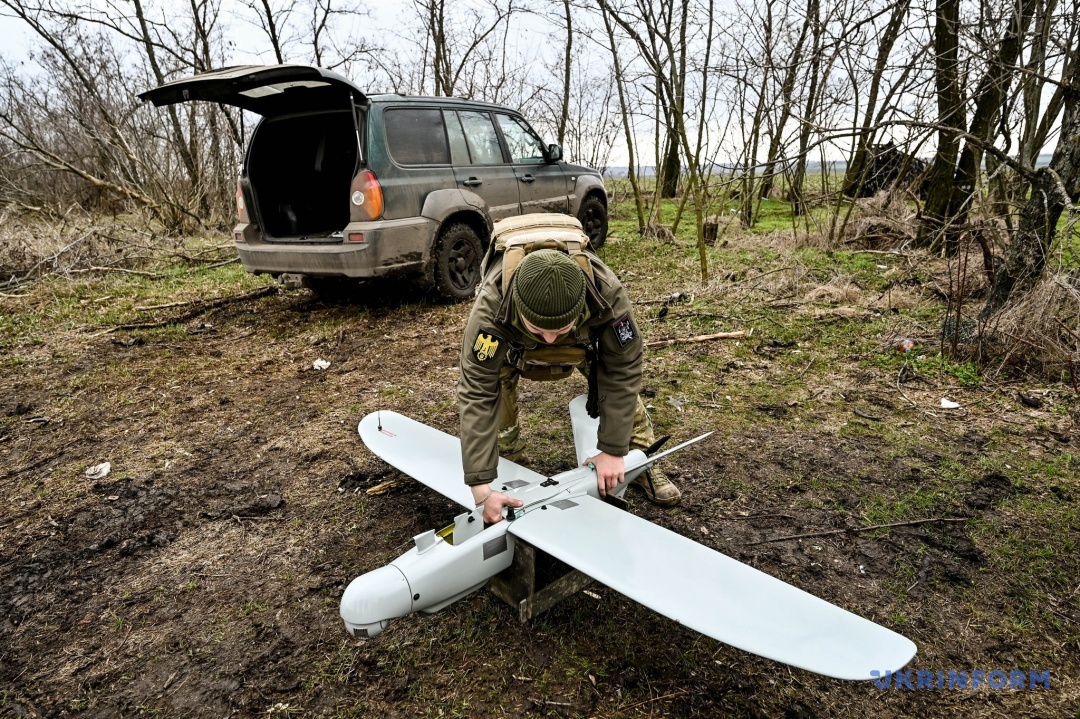
- These "eyes" can see where the infantry cannot. If there had been more of these "birds" at the beginning of the war, we probably would have had better results. But we are pioneers. Everything is developing. There were no such units at the beginning of the war. There were enthusiasts: "Someone had a Mavic somewhere, and that was it, a pilot. And now it is a structural unit. This is a development," says Kupol.
"Together with the drone pilots, we are going to the positions. The guys have loaded the drone and the necessary additional equipment into the car. Driving off-road after the rain is a real extreme, but Leleka has to go up into the sky for reconnaissance.
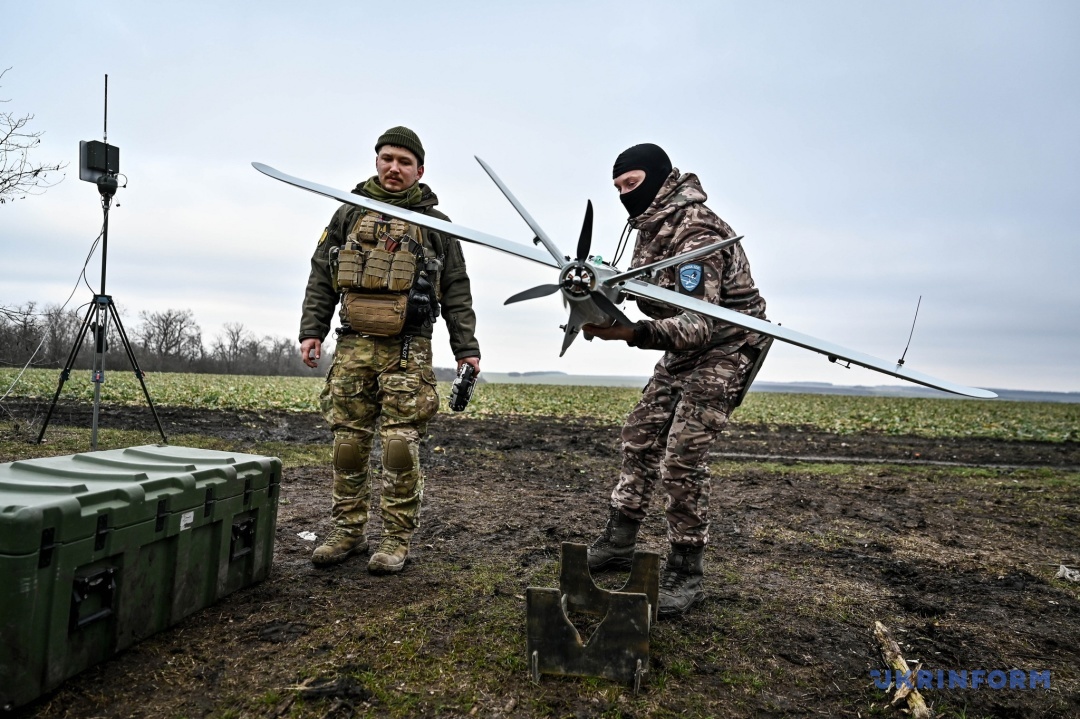
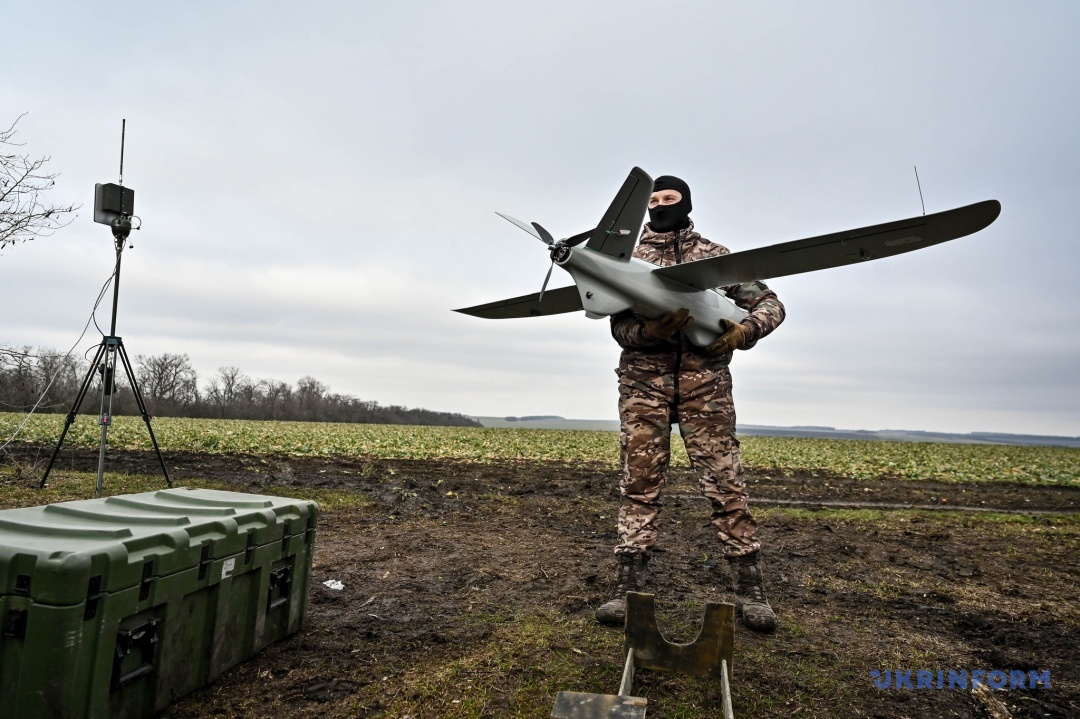
All the pilots who operate the Leleka-100 complex have been trained and have certificates. But most importantly, the backbone of the platoon is yesterday's infantrymen.
- We understand better than anyone how important these "birds" are. If we do our job poorly, someone from the unit may suffer," says the commander.
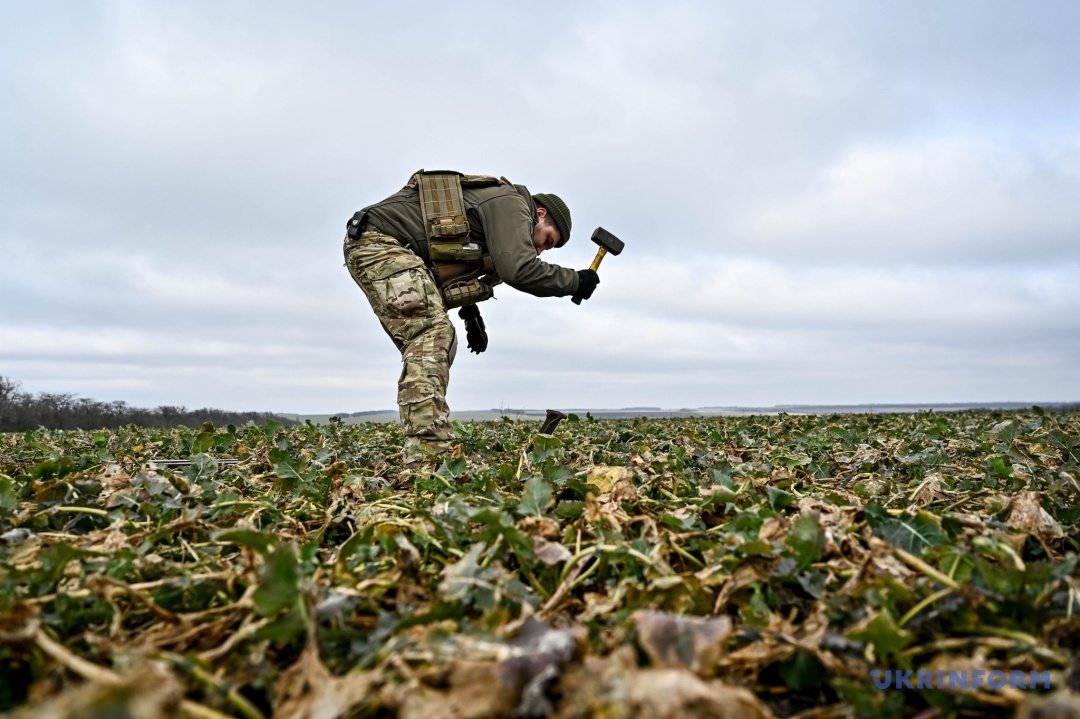
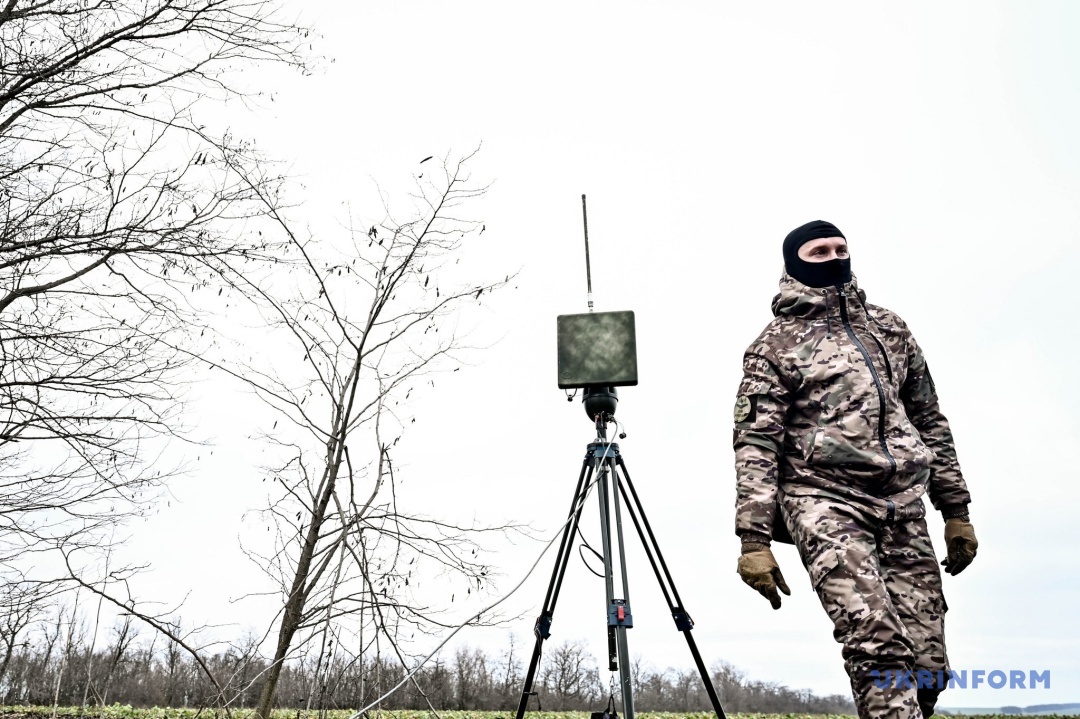
While one fighter prepares the aircraft for flight, the second installs communications equipment, and the third sets up a special catapult from which the Leleka is to launch. Everything happens in a matter of minutes.
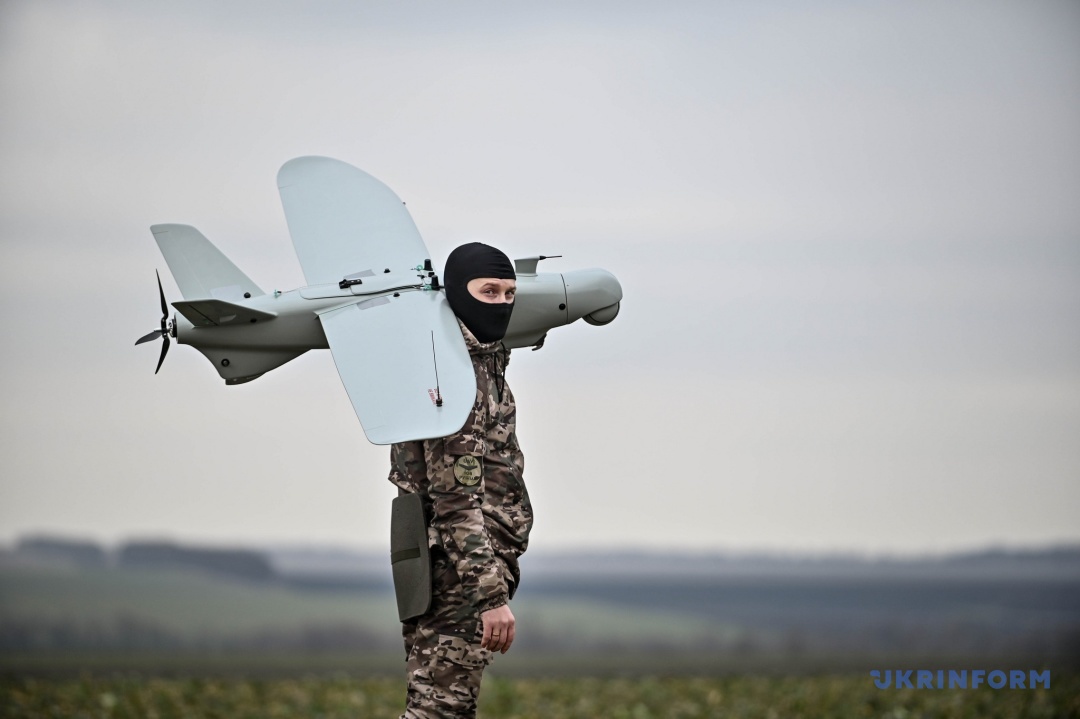
The military say that many nuances need to be taken into account when planning a flight. And also because the enemy does not stand still either, so you have to constantly learn and improve.
- It's a constant race to see who's the best. The Russians have Orlan, we have Leleka. There are other drones as well," they say.
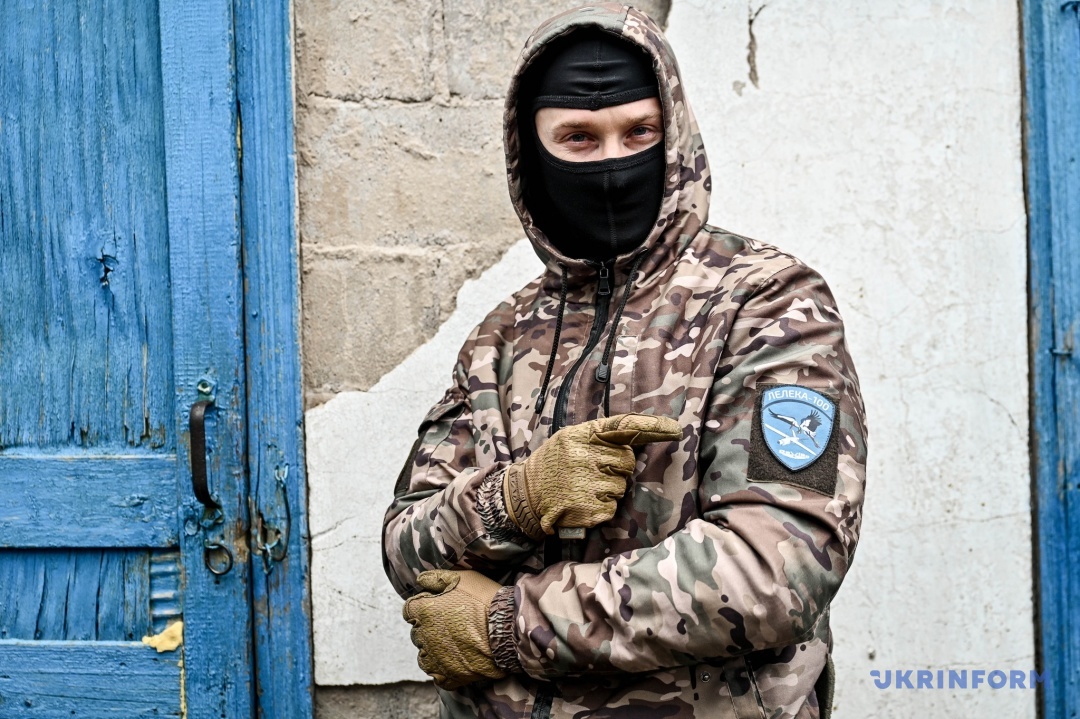
The fighter with the call sign Ihnat adds that the enemy's electronic warfare is constantly working. He could tell dozens of stories about the return of the "birds" when it seemed impossible. The enemy jammed the video from the cameras, blocked the control of the aircraft, but thanks to their experience and knowledge, Ukrainian aerial reconnaissance men found their steel birds in the sky and brought them back home.
"Ihnat" used to be a gunner, driving an infantry fighting vehicle on the frontline roads. He says he has been in the army for 10 years and dreams of a "good job".
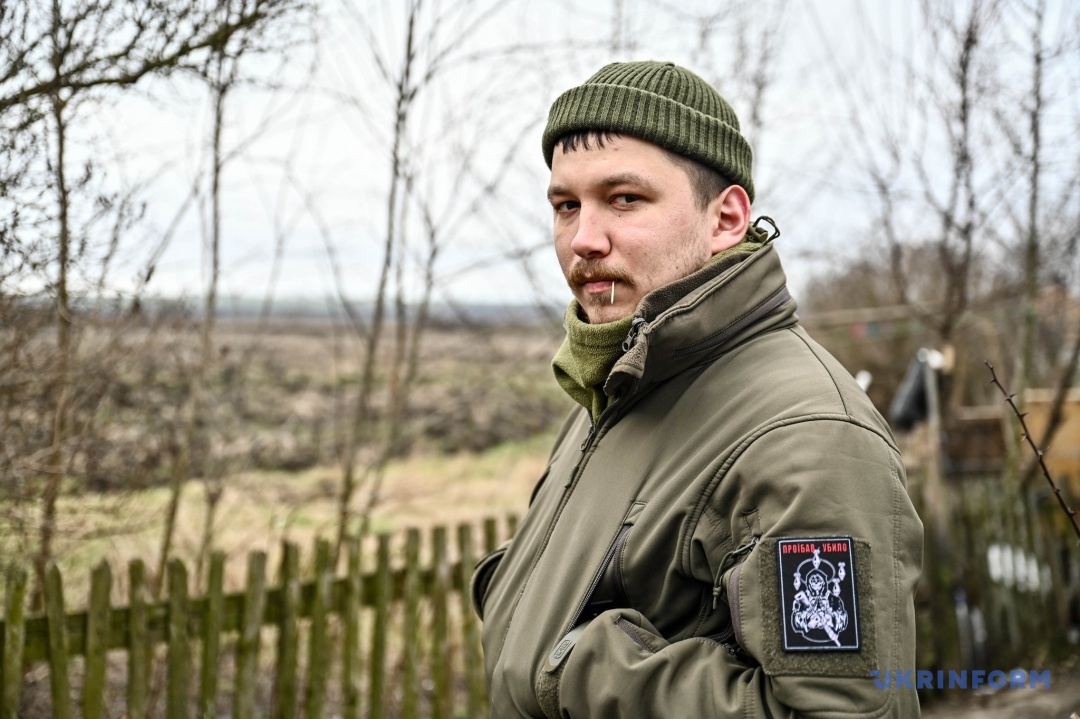
While we were talking to Ignat, a fighter with the pseudonym "Fox" was flying the Leleka. He is 25 years old and knows everything about drones and airplanes.
- "When they started recruiting 'flyers', I told them I had experience with both copters and airplanes. I have been modeling aircraft since high school. I assembled, flew, and participated in competitions. Airplanes are my thing. Aviation, whether small or large, is a lifelong passion. When there is an opportunity to take a "bird" into the sky, to fly it, it is like an outlet for me. I share my knowledge with my brothers," he says.
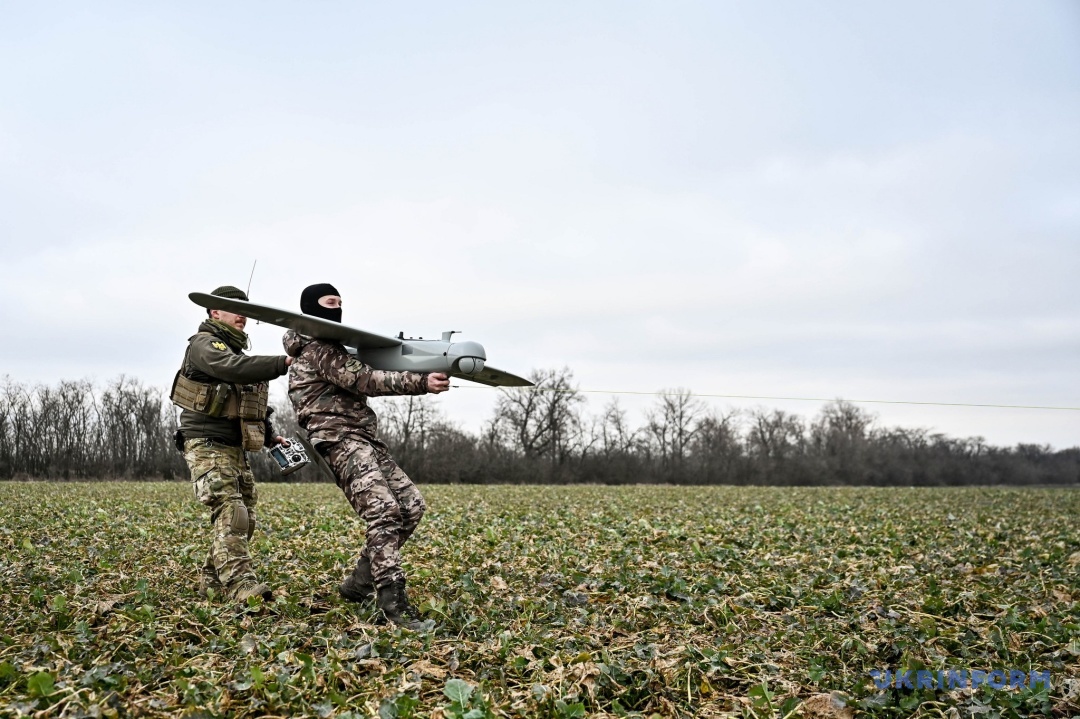
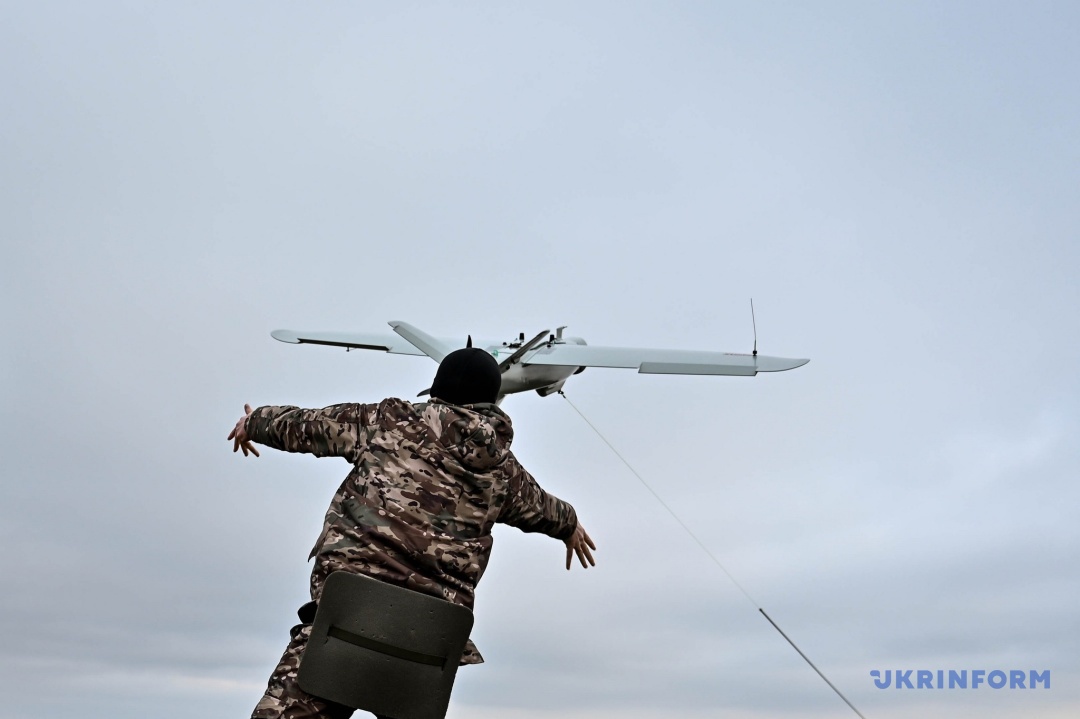
I ask about the advantages of the Leleka. He says dryly but clearly: it flies fast, high, far, and has a good camera. He does not give any other characteristics, because the enemy is watching and also reads the Ukrainian media.
THE PRICE OF FREEDOM
The platoon commander says that this scout has already been used to destroy enemy self-propelled artillery systems, "Solntsepyoks" and many other vehicles.
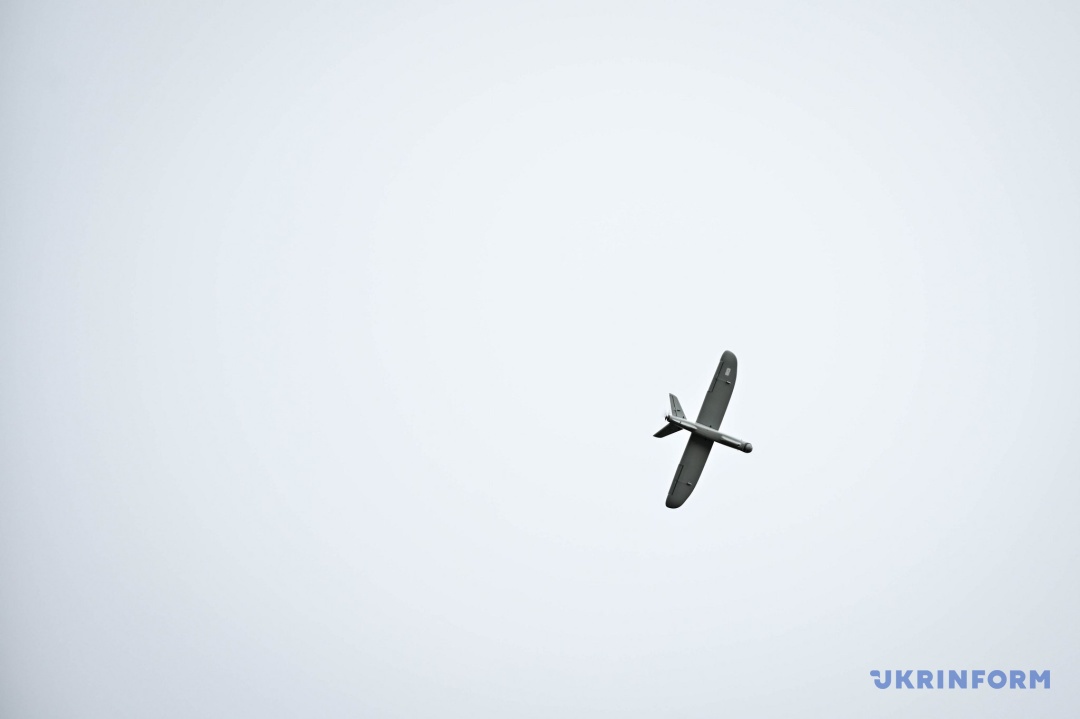
- If we had drones in our infantry earlier, we would have known what was happening behind enemy lines. Instead, we had situations where you really don't know what's behind the next landing. There were scouts. We were in the "gray" zone: between our positions and theirs. It was scary. It's really scary. But you can get used to that fear. You get used to everything. The point is not whether it's scary, but how much you know how to overcome your fear, and in life it's the same," Vitaliy says.
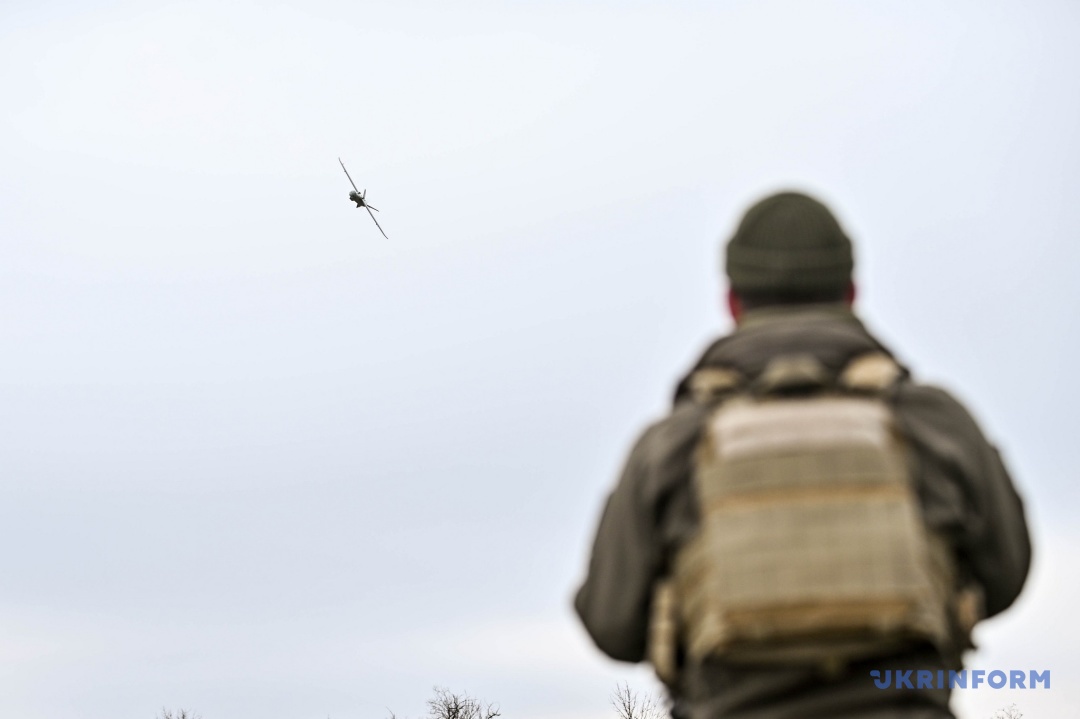
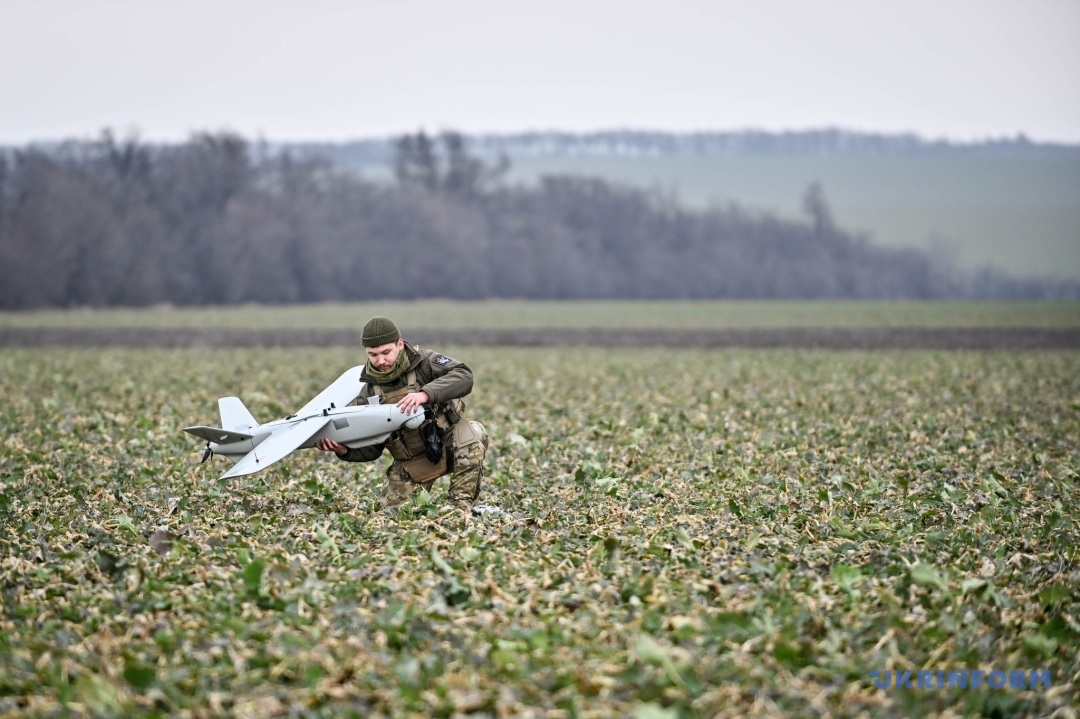
He assures us that if there is a risk of losing the board or people, the choice is obvious: "We don't care about the board."
I ask Vitaliy if there are many soldiers like him in the army today, with cyber limbs.
- There are many, and there will be many more in cities. Society must be prepared for this. This is a reminder of the price of freedom and democracy that we are fighting for.
Olha Zvonariova, Zaporizhzhia
Photo by Dmytro Smolenko

